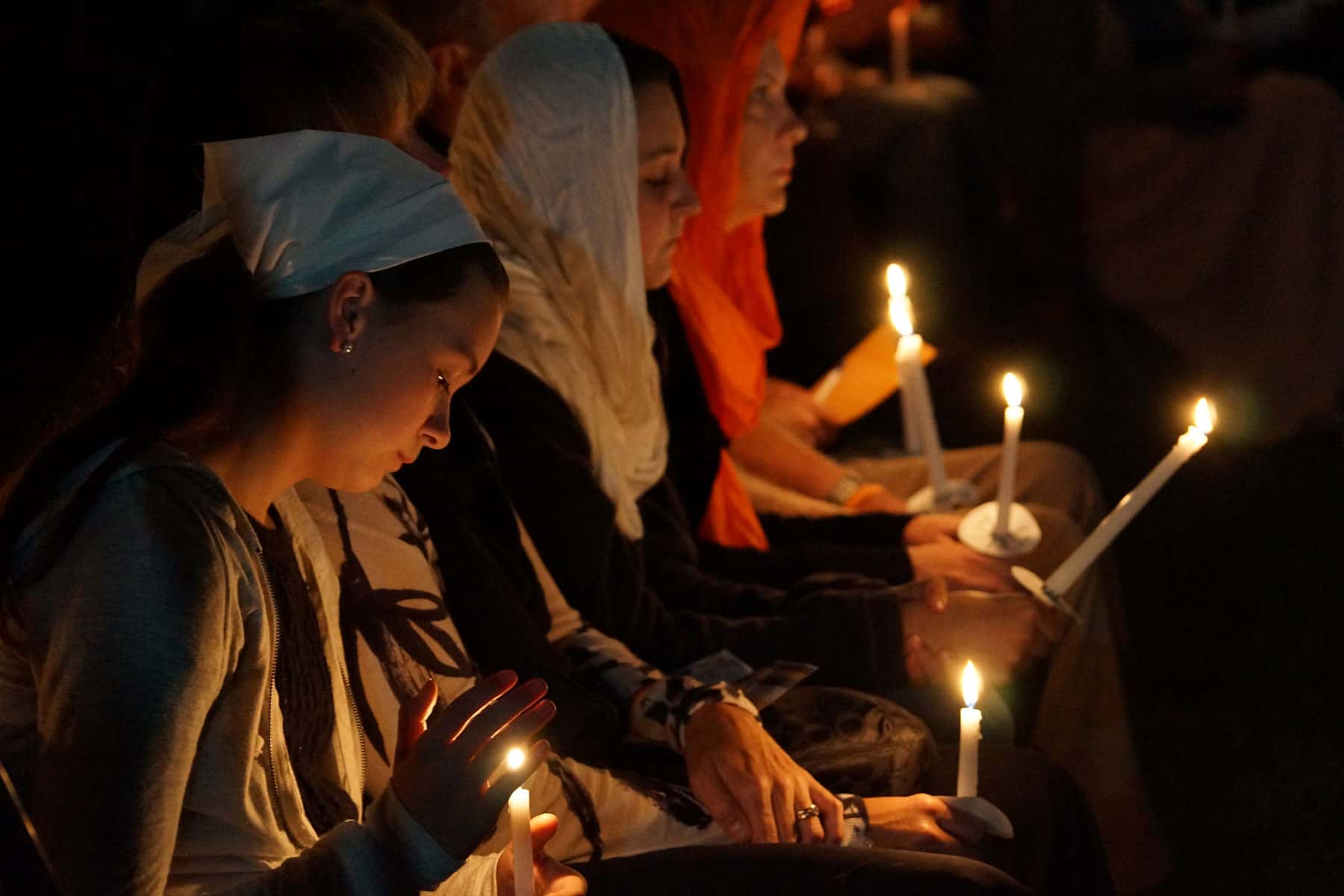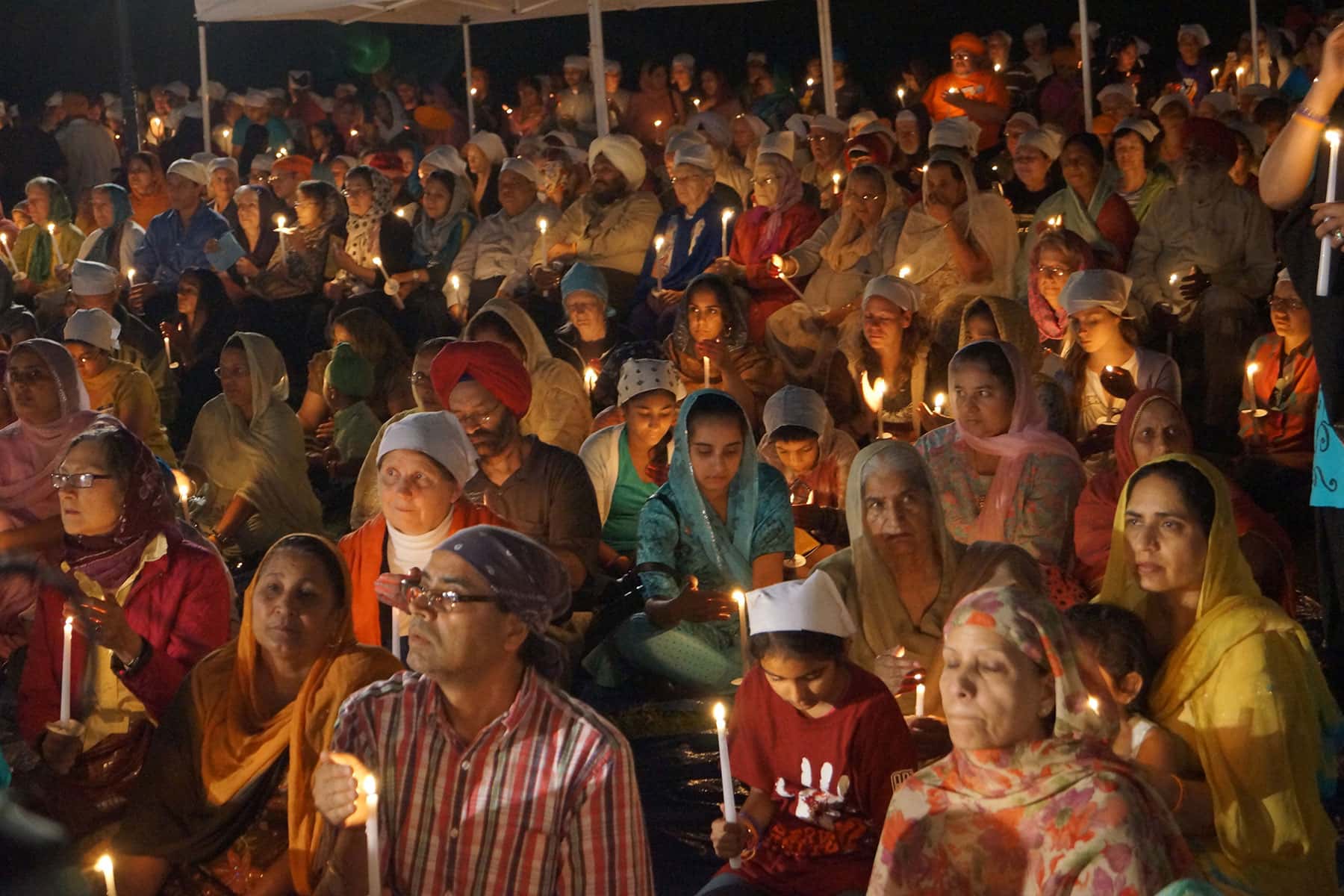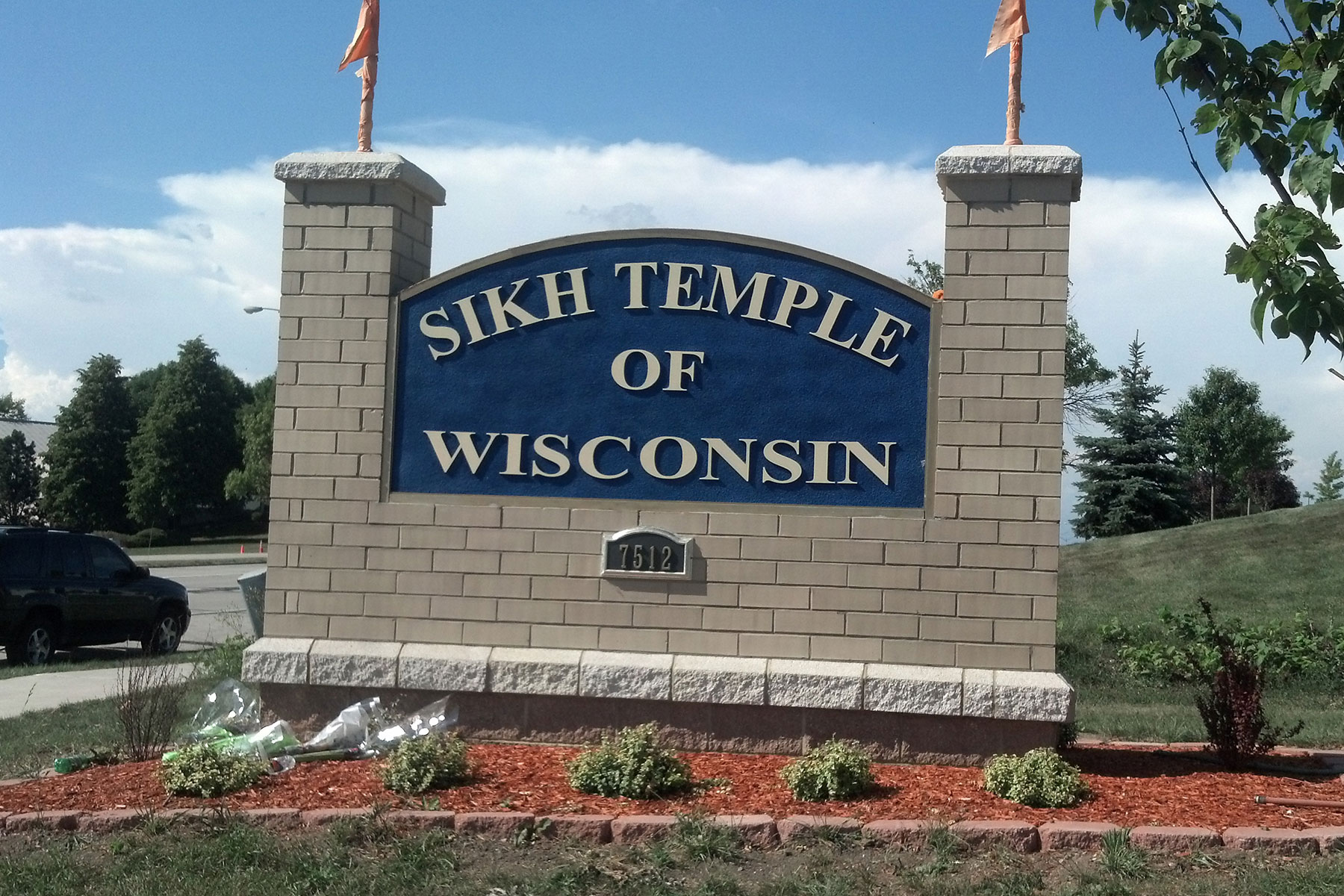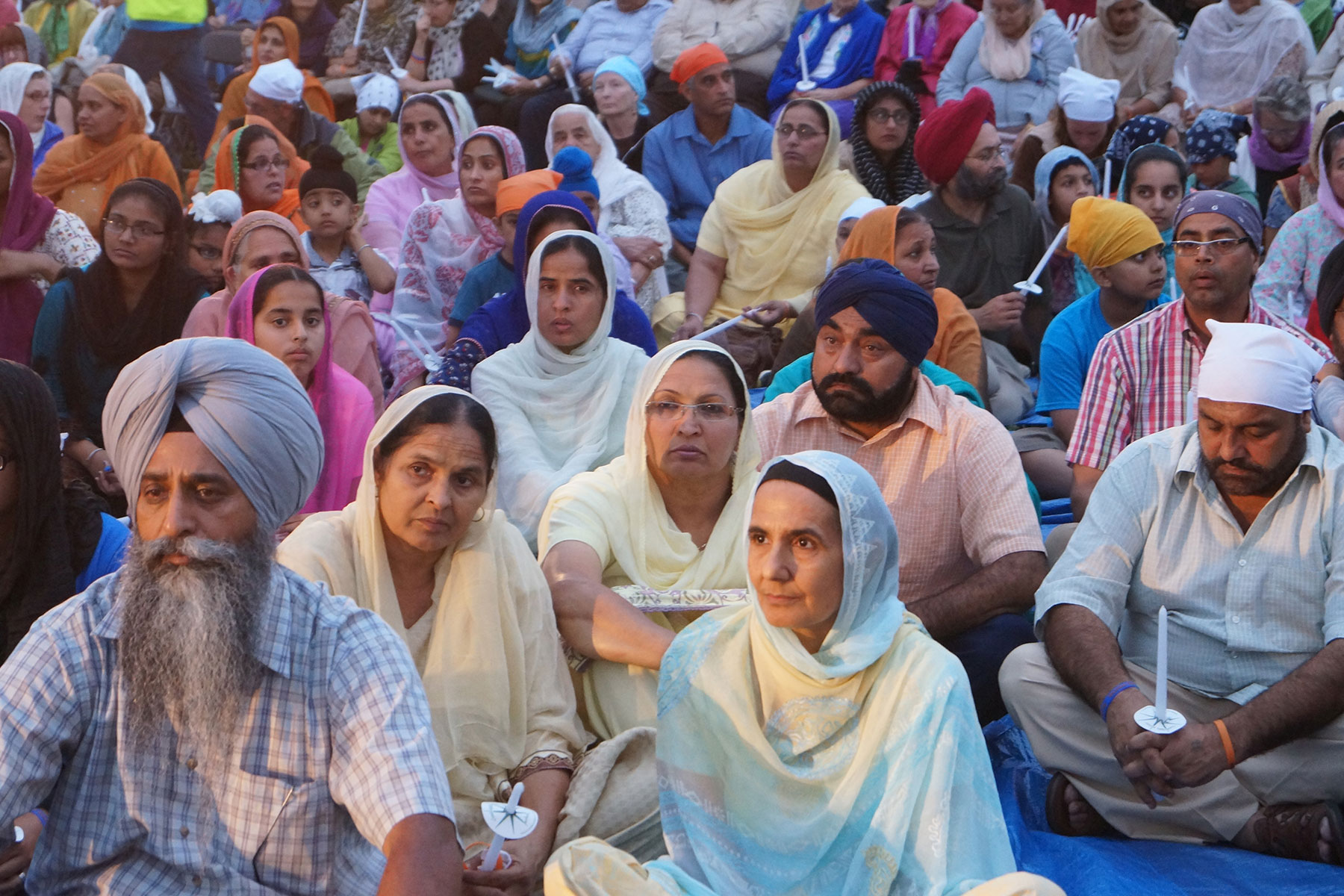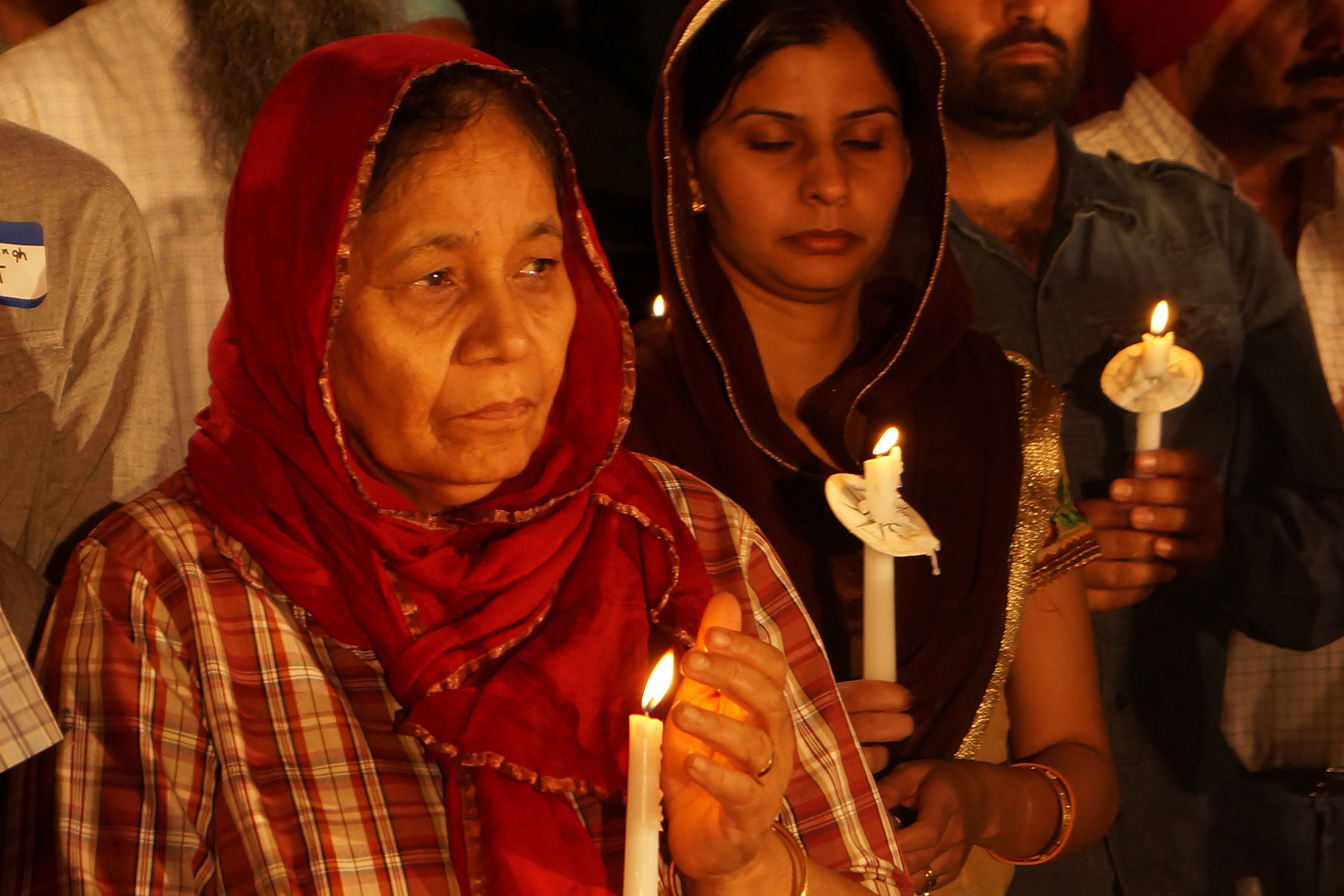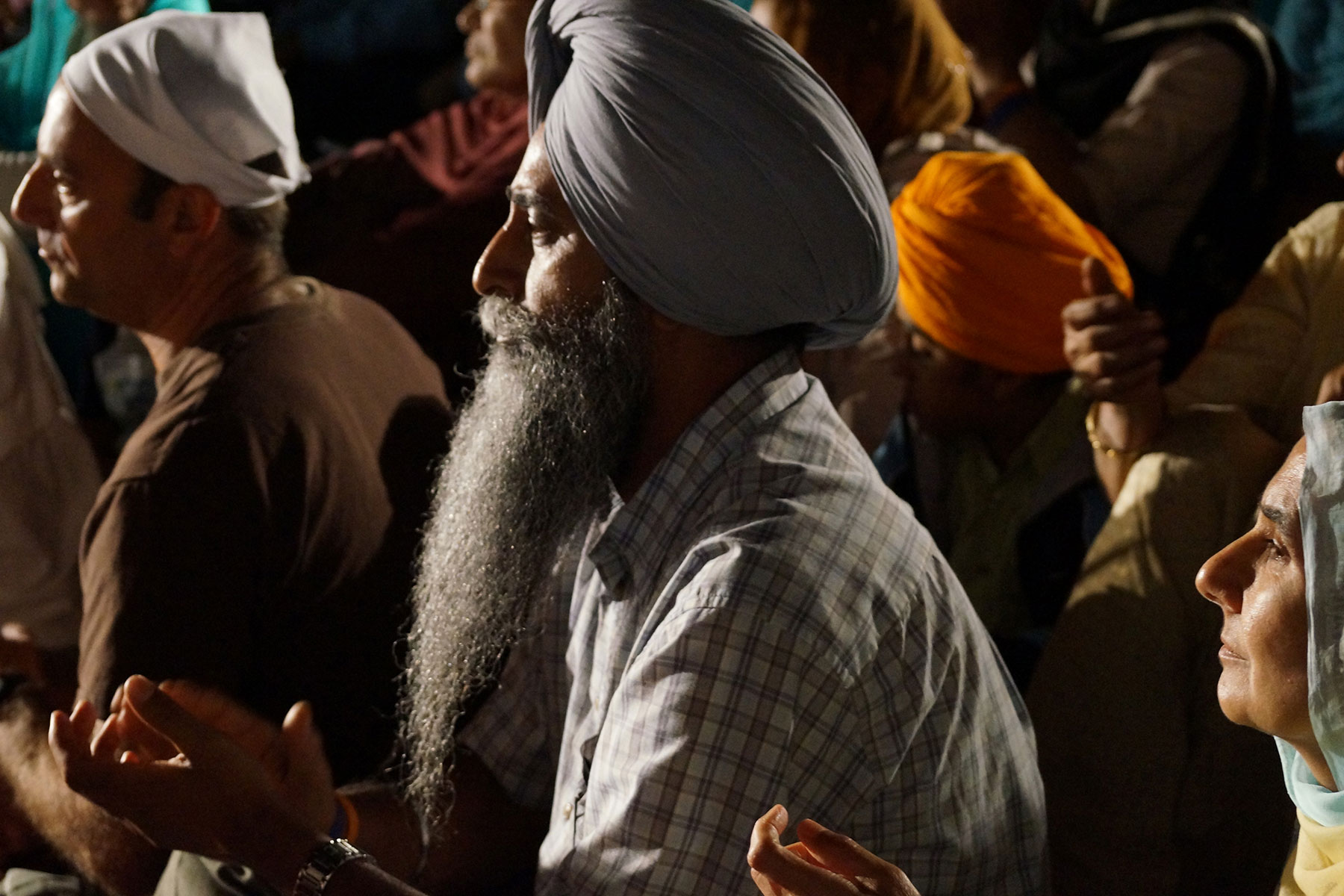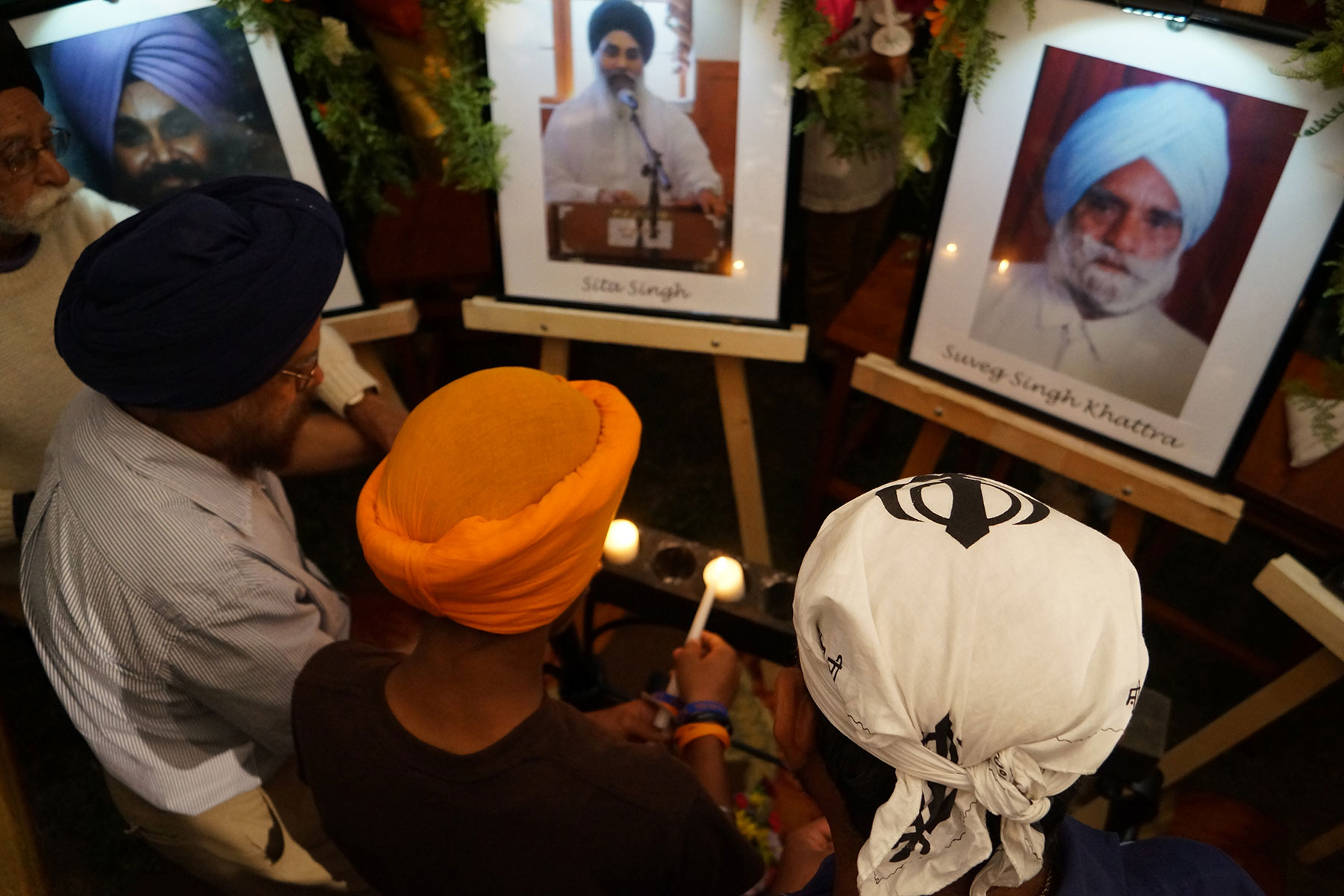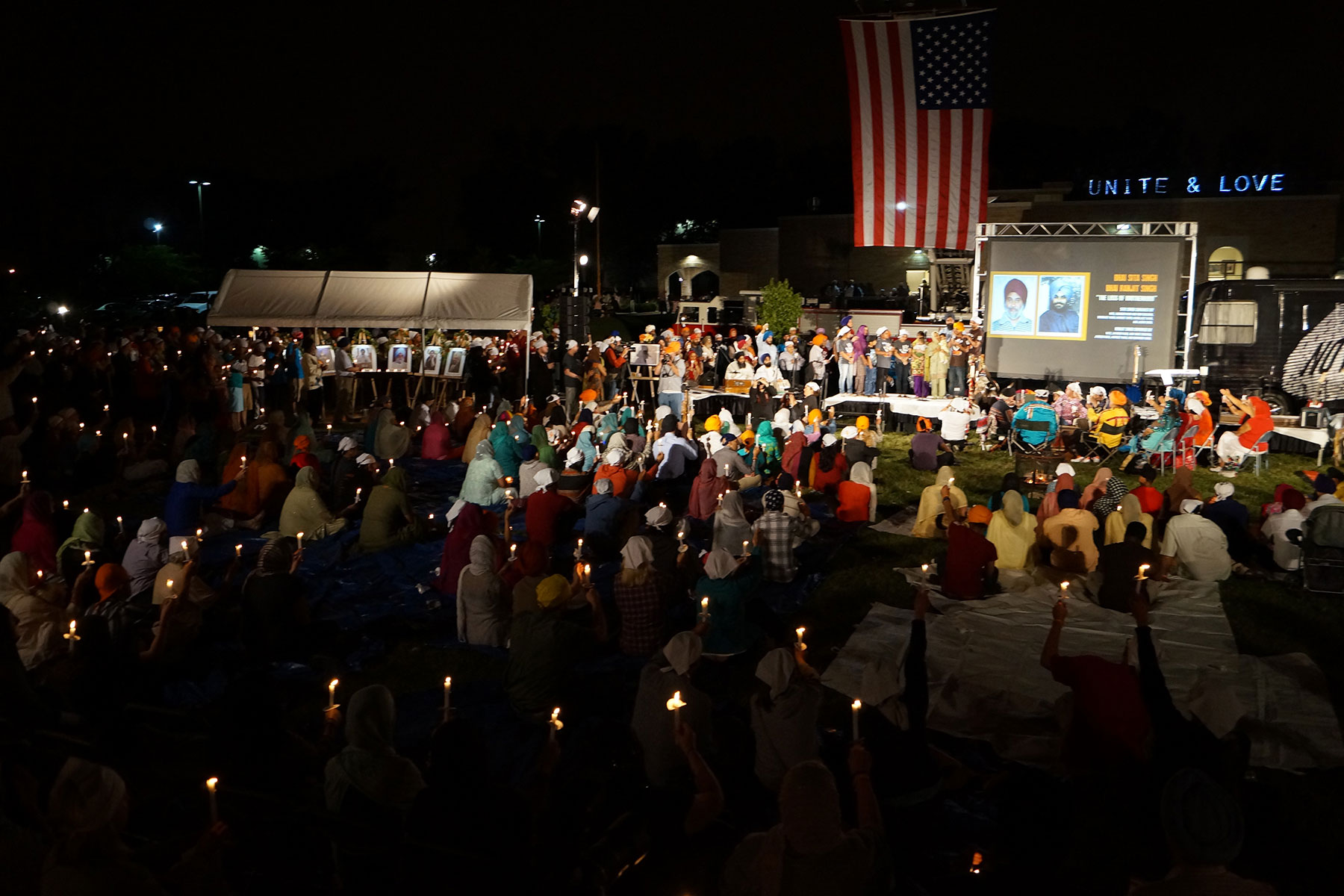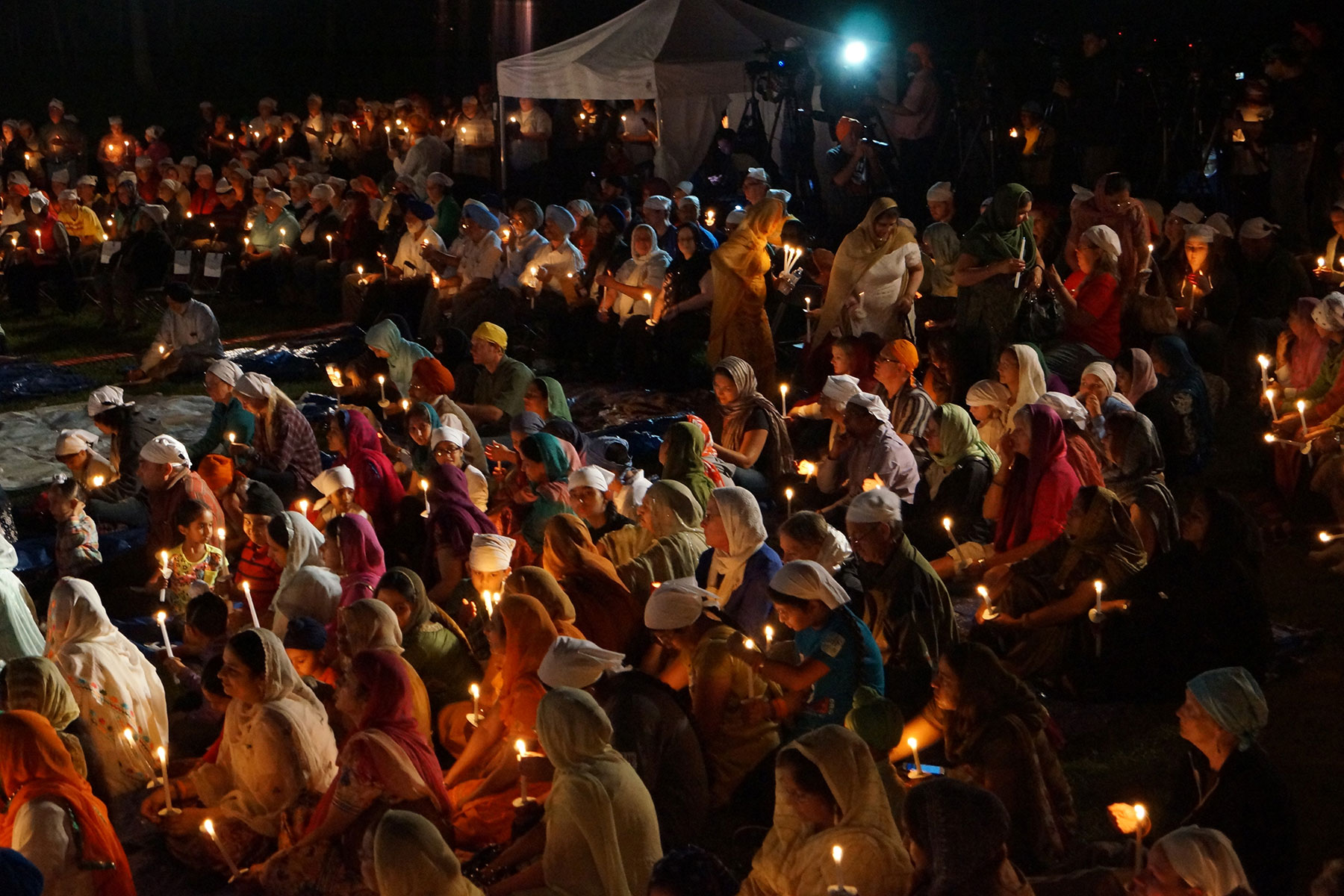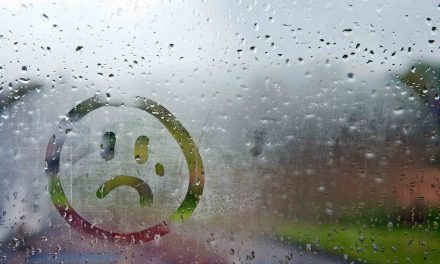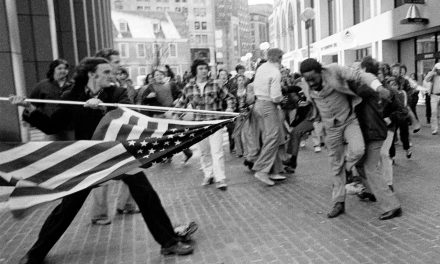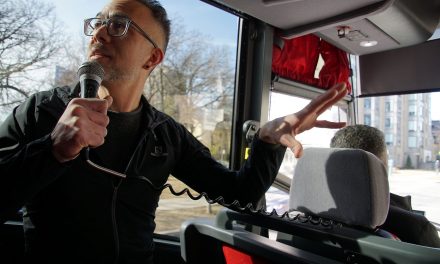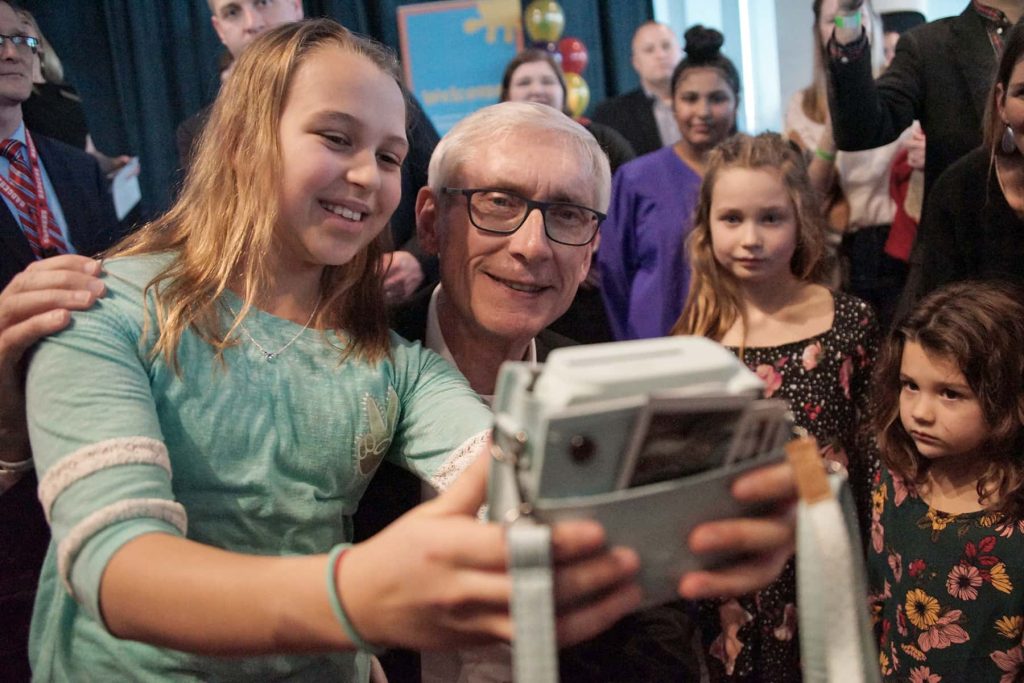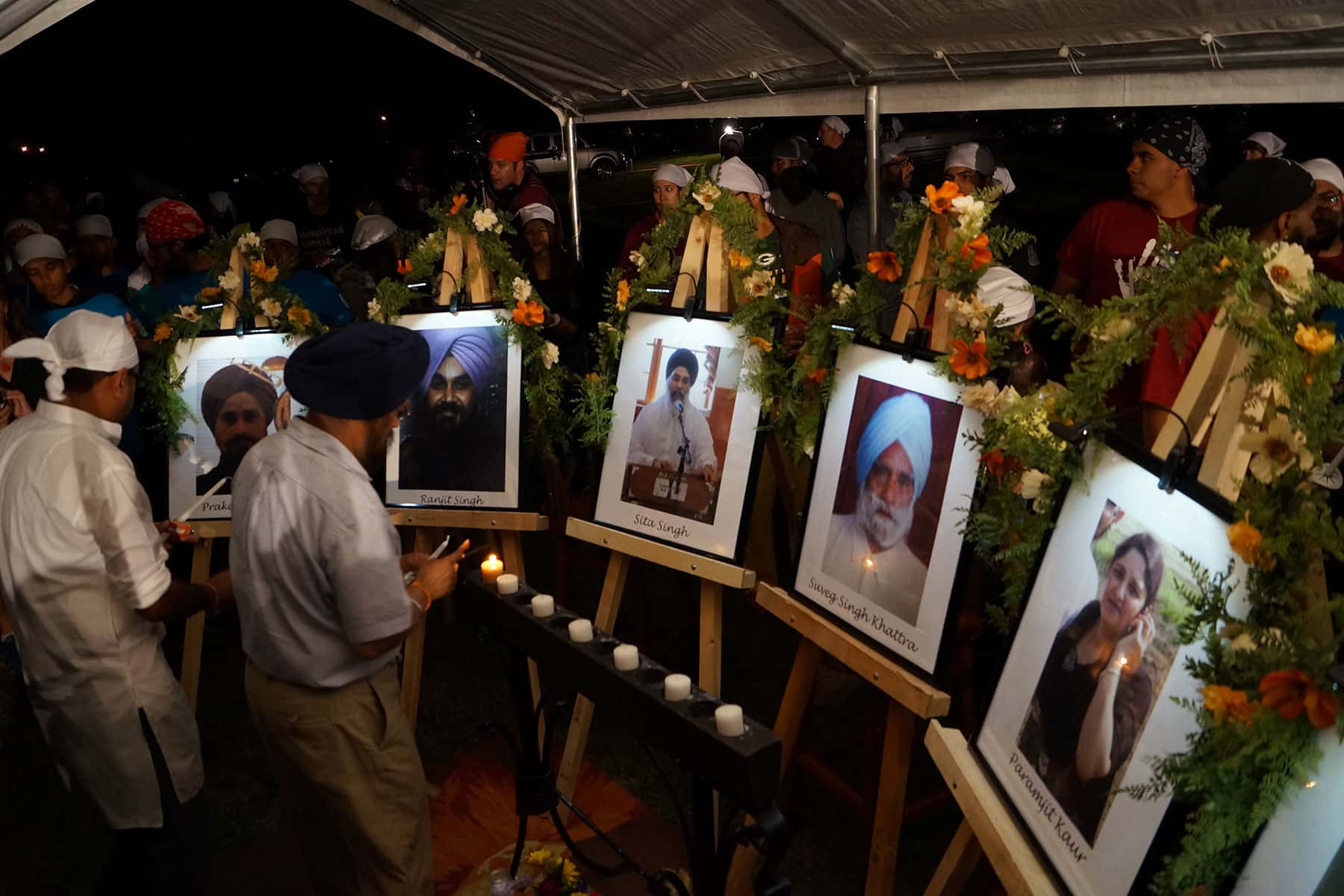
“I have lived through a real mаssаcrе, right here in Milwaukee. It took the life of my father and five others from my faith community.” – Pardeep Kaleka
Building walls to protect America was a big focus of the Presidential campaign last year, but it has become clear that those once invisible walls already exist, within America. These metaphorical walls are now more visible, and were put up by our own communities, friends, and families. All of us to some extent live in a state of denial about social conditions, and more recently political ones.
As a first generation immigrant, I have been through many experiences of denial. Not about what I choose to believe, but what has been withheld from me. Most people never see what I have been denied. It is a form of their own denial to recognize prejudicial conditions and accept that they exist.
I felt denied academically in high school, being the only Sikh immigrant. I felt denied employment with numerous police departments throughout Wisconsin, despite graduating from the top University in the State. I felt denied socially in the wake of 9-11, as I attempted to speak up for my parents at our family-owned gas-station on the Southside of Milwaukee.
Finally, I felt denied life and happiness when a White Supremacist gunman kiIIed my immigrant father in cold blооd at our place of worship.
On January 29, just over the border in Quebec City, Canada, an openly far-right nationalist kiIIed six Muslim men following an evening prayer at their Mosque. The grief that those families were facing after such an atrocity captured my attention.
It made me think about our own shooting in the Milwaukee suburb of Oak Creek in 2012, when a white-power skinhead opened fire in our Gurudwara, also kiIIing six people. I remembered how my mother had such a hard time sleeping because of the murdеr of my father. I thought about the other congregation members in Canada, who heard the sounds of gunfire and witnessed the lives of their loved ones being taken. I thought about the hate that it takes to kiII worshippers in their only place of solitude and peace, during a universal expression of faith.
In genuine prayer, I posted a loving social media message of solidarity and support to the community effected by such a senseless act. However, to my surprise, many in my personal circles were still consumed with the political show that has gripped our nation since Inauguration Day. Not only them, but the public in general.
Mass tragedies are not normal events. And busy personal lives are not an excuse for selective empathy. Selective empathy is simply increased compassion or caring towards those who we see as being like us. We categorized ourselves by race, ethnicity, religion, political affiliation, family circles, friendship circles, or even the identity of like-mindedness. It is ingrained in us by culture, and exacerbated by the current political climate.
On February 2, a few days after the Mosque mаssаcrе in Quebec City, the advisor to President Trump, Kellyanne Conway, created a mаssаcrе of her own.
She had previously coined the term “alternative facts” as a way to spin truth from blatant lies. Amidst the growing protests to the refugee ban, Conway stated in a public interview that the ban was much like President Obama’s action responding to an attack carried out within the United States by terrorists who had been admitted to the United States as refugees.
“I bet, there was very little coverage — I bet it’s brand new information to people that President Obama had a six-month ban on the Iraqi refugee program after two Iraqis came here to this country, were radicalized — and they were the masterminds behind the Bowling Green Μаssаcrе.”
The Obama statement was a falsehood and fabrication by Conway. Then to pour salt in the wound of reality, Conway stated that most people did not hear about this horrific tragedy in Kentucky because “it didn’t get covered” by the news media.
Soon afterward her interview was fact-checked, it was noted that this mаssаcrе in Bowling Green did not get press covered because it never happened.
Conway, a Presidential Counselor, invented a national tragedy.
However, the lie was swallowed by those willing to believe it and the damage was done. The narrative of the “brown boogieman” was perpetuated to instill fear in those who sought it.
I have lived through a real mаssаcrе, right here in Milwaukee. It took the life of my father and five others from my faith community. It remains the most tragic event of its kind in modern Wisconsin history, but has become largely forgotten.
The real problem with selective empathy is the act of choosing truths that are justified to conform with a pre-existing bias. Confirmation biases, commonly known as a self-fulfilling prophecy, occur when expectations influence our own behavior, bringing about the expected result.
It is very difficult to recognize, and hard to minimize this cognitive distortion. Some steps to accomplish begin with removing our ego, because we hate to be wrong, and want others to validate our position. Find an environment where it is not only okay to disagree but also encouraged. Ask better questions to get honest advice. And seek alternative views and opinions in print, on TV, and in person.
To remember a fake mаssаcrе more than a real one is the ultimate insult to the memory and pain of all those involved. It should not matter what their skin color was, not in America. Selective empathy should not put a price on personal value simply because victims are or are not like ourselves.
Life is not a zero-sum game, where in order for someone to gain then another must suffer loss. We can all co-exist with those who are not like ourselves, have empathy for each other, and together enjoy the abundance in our community.
THE REAL BOWLING GREEN ΜАSSАCRЕ IN 1643
The real Bowling Green Μаssаcrе occurred during what was known as Kieft’s War, and was perpetrated by white Christians in 1643. It took place in New Amsterdam, what would later become New York City, and committed by immigrants of the day, Christian European settlers and soldiers. The Governor of New Netherlands Willem Kieft, sent European soldiers to move against two camps of refugee Natives, overriding the direction of his ruling council and the general sentiments of the colonists. Approximately 80 defenseless Lenape were slaughtered in the Pavonia mаssаcrе near what is now known as Pavonia, New Jersey on the other side of the Hudson River, and 30 more in the encampment at Corlaer’s Hook on Manhattan Island.
“Infants were torn from their mother’s breast and hacked to dеаth in the presence of their parents, and the pieces thrown into the fire and in the water,”“Other sucklings, being bound to small boards, were cut, stuck and pierced, and miserably mаssаcrеd in a manner to move a heart of stone. Some were thrown into the river, and when the fathers and mothers endeavored to save them the soldiers would not let them come on land but made both parents and children drown.” – David Pietersz de Vries, Dutch witness to the mаssаcrе on February 25, 1643
© Photo
Joe Brusky

